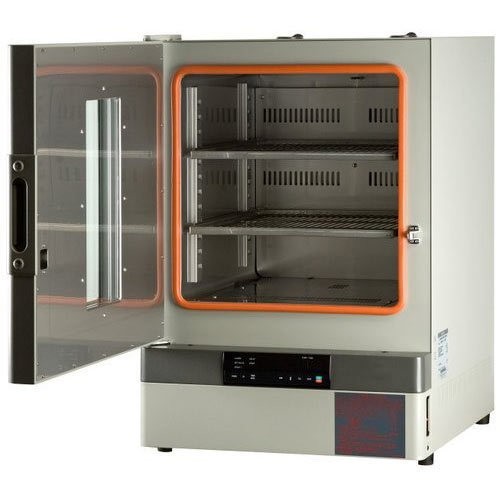Laboratory ovens are quite essential for conducting controlled experiments where samples need to be at a specific temperature or their moisture needs to be removed. Without laboratory ovens it would be difficult to use samples which are exposed to moisture. There are several uses for lab ovens, especially for thermal procession during lab work, component testing for stability, sterilising and drying glassware and so on. Basically, laboratory ovens are thermal procession units of temperatures around 1400 degrees. These ovens do not have any refractory insulations.
What are The Alternatives?
The alternative to the lab oven is the kiln. Kilns also have high temperatures and are useful for burning or melting ceramics or heating minerals. IF you want to burn ceramic, then the temperature needs to be very high around 2300 degrees. But, if you want to heat wooden products then the kiln needs to have lower temperatures. You can see lab ovens being used for several industrial processes like aging, curing, burning off, melting, drying, baking, pre-heating, quenching, soldering, hot pressing, sintering, sterilising samples.
Some Important Features of Lab Ovens:

- Temperature control: The range of temperature available in the oven is one of the main qualities of lab ovens. In a lab oven, the maximum temperature will the temperature that the oven can successfully achieve and yet continue to function efficiently. Another aspect to look for is the volume inside the oven’s interior. In dry ovens, the temperature range and volume is quite low but in lab ovens, it is quite higher. The pressure range of lab ovens is also comparatively higher than dry ovens.
- Lab ovens come in the form of several types of configurations also like cabinets, conveyors, muffles, walk in or vertical position ovens and so on. But the dry oven has just one basic configuration, that being the vertical design without any insulation. The cabinet ovens come with integral stands are useful for processing products in high quantities in a single batch.
- The conveyor and continuous oven units require more automation and are useful for quick processing of several items which are of small or medium sizes. In the conveyor ovens, a specific type of system is used which is dependent upon the specific work volume which has to be produced in accordance with the temperature required to be obtained for that product.
- Control of the temperature is also an essential aspect in lab ovens. In a lab oven, you will have computerised control over the temperature. You can program a specific temperature up to which the oven will get heated before the heat turns off automatically.
In general, dry ovens are useful for simpler functions like drying samples or heating them. But a lab oven is more useful for industrial purposes. Drying oven are used in brick production, iron processing, metal extraction and so on. Lab ovens are useful for sterilisation also and hence, they are used in the pharmaceutical industry and the research and development industries. Thus, both the ovens have some basic functional differences.
Author Bio -: Global Lab Supply is an expert in the field of Lab Equipment & Analytical Instruments. Get any type of Laboratory Ovens and more information about the vacuum ovens visit Globallabsupply.com.
Original Source: https://topsitenet.com/article...
This post comes from the TODAY Food Club community, where anyone can write posts, ask questions and share advice. Learn more and join us!